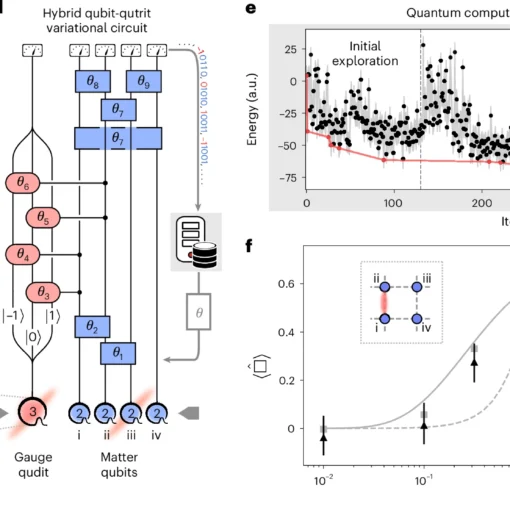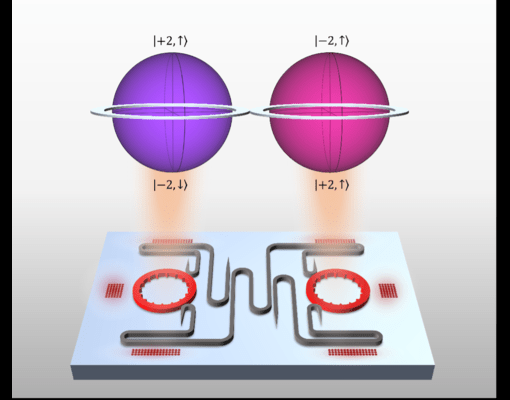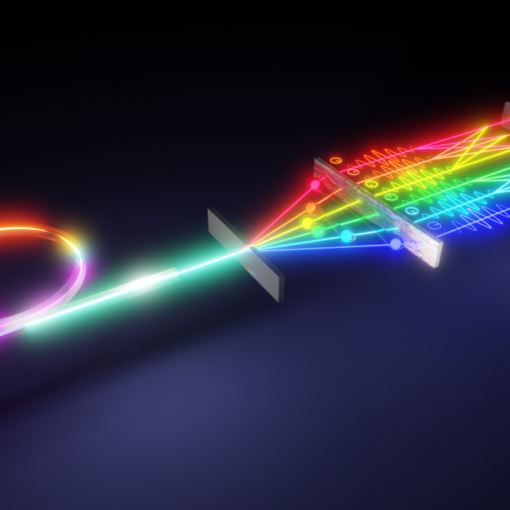
Qudit Quantum Computing Breaks New Ground in Gauge Theory
Researchers from the University of Innsbruck and the University of Waterloo have achieved a breakthrough in quantum computing by using qudits (quantum units with multiple values) instead of traditional qubits to efficiently simulate quantum electrodynamics in two dimensions, demonstrating magnetic field interactions between particles and opening new possibilities for solving previously intractable problems in particle physics.


